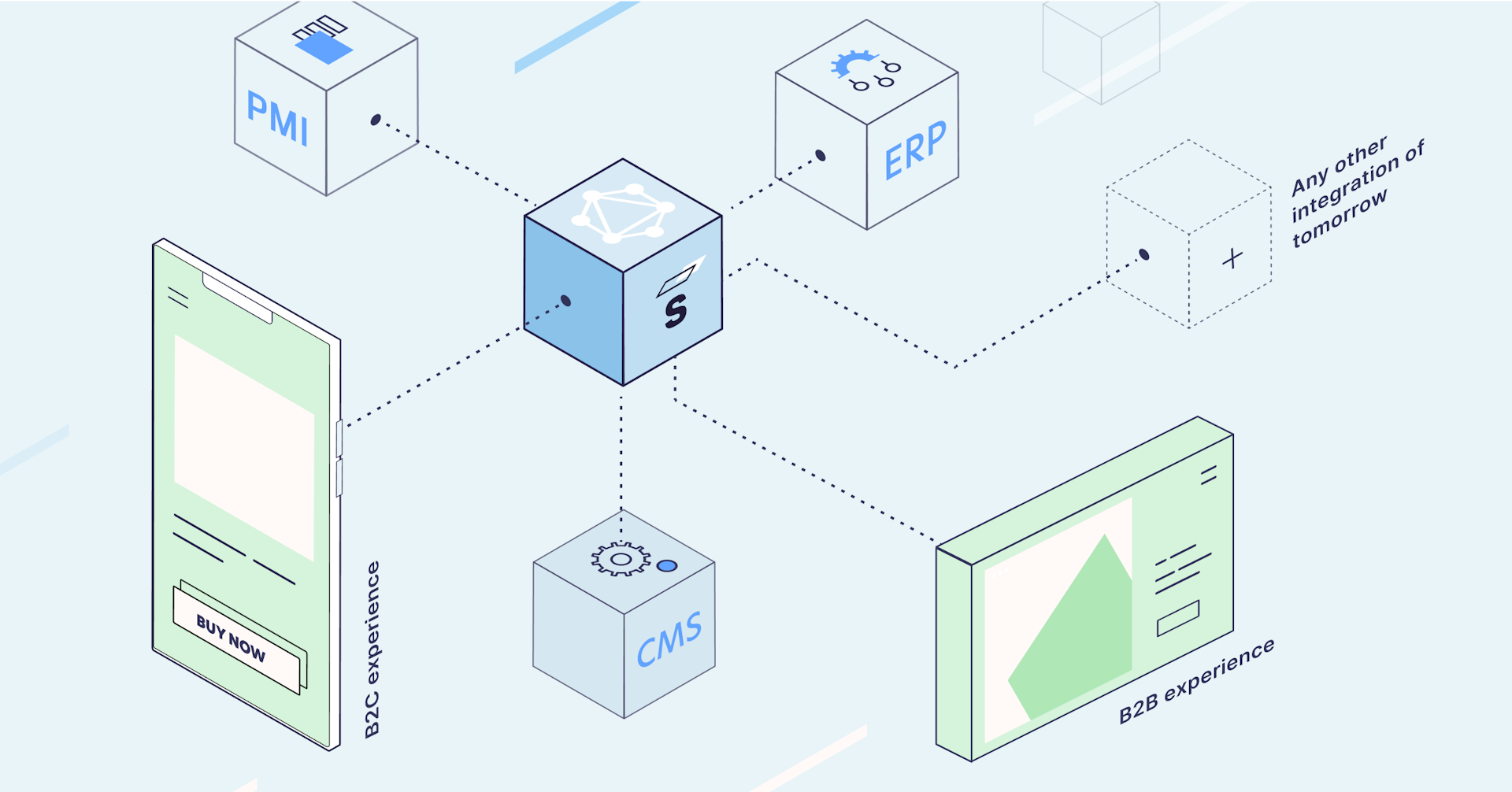Blog
Why headless is the future of e-commerce?

Headless—or API-driven—is an architecture where business-logic/server-side is fully decoupled from the front-end experiences. As a result, programmers get full front-end development independence and a painless way to integrate with other APIs.
Headless is the most efficient and future-proof way of building web applications today. You can both consume and expose your data to the world in an efficient and standardized fashion, and you get the flexibility of creating any touchpoints with your customers that your brand requires.
Innovation through integration
Headless architecture really stands out when it comes to integrations. The buying experiences of the future will require much more than today’s one-stop shopping platforms can provide — brands will want to leverage best-in-class tools, which means integrations. API-first will become the norm in e-commerce platforms. Go headless and integrate your e-commerce seamlessly with the rest of your system — your favourite CRM, fulfilment API, TMS, CMS and all the innovations of tomorrow.
Headless e-commerce platform
Saleor is the world's fastest-growing open-source headless commerce platform built for the agile and experience-driven era. Saleor provides a flexible and powerful e-commerce GraphQL API for builders focused on speed and reliability. It allows brands to move quickly and innovate through the integration of new technologies in a more holistic and service-driven approach. And this superior technology is delivered via an efficient and secure modern stack, featuring Python, GraphQL, PWA, React, and Docker.
E-commerce sites built upon headless architectures:
- Decouple the front + back ends. Thanks to a headless approach combined with GraphQL API, your front-end developers can start work prior to completion of the back-end. They can work independently based on the SDL schema.
- Offer more front-end design freedom unavailable in traditional sites to create better user experiences. You can use JavaScript and other modern tools like Gatsby to freely shape your storefront to anything you can imagine.
- Allow the creation of different versions of your front-end for specific needs/devices, including PWA applications, multi-channel and multi-store.
- Improve stability as isolation of features eliminates the chance that an issue with one feature will impact another.
- Allow easy integration with other services. The modern Internet is built on service-based architecture. Headless e-commerce readies your products for two-directional consumption by external services such as Snapchat, Instagram or any other integration your business requires (like CRM or CMS).
- Operate faster and with more scalability than traditional sites.
You were once limited to clunky monoliths with confusing experiences for managing every component of your e-commerce site in one tool. But the shift from traditional e-commerce platforms to headless commerce solutions can empower store owners to create the custom e-commerce systems they and their customers need.
- Tom Popomaronis. Inc.com
Read more: